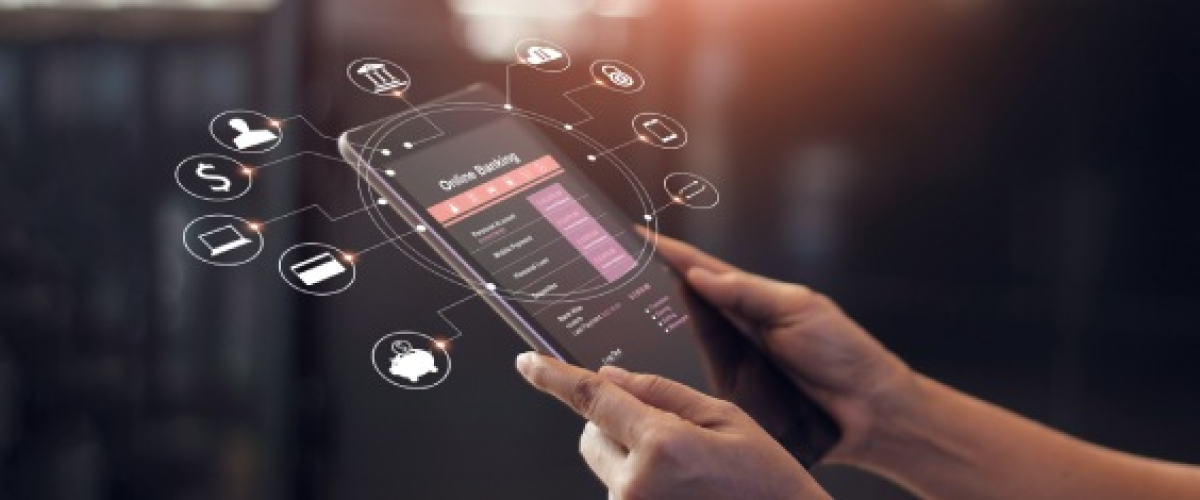It’s not an exaggeration to say that online banking has been a game-changing innovation for account holders. Before it was introduced, you had to physically visit a bank branch to do something as simple as accessing your statements or making transfers. Now, you can do both and more from the comfort of your home.
Unfortunately, online banking has also been a game changer for criminals who are after your personal information. If you want to enjoy the convenience of online banking without becoming a victim of cybercrime, you have to be deliberate and proactive about protecting your personal information. Let’s share some quick guidelines for online banking safety that you can turn into habits.
Online Banking Safety Best Practices
The number one rule of using the Internet is to exercise extreme caution. This is even more true when it comes to online banking. The consequences of having your personal information can be catastrophic, but if you follow these best practices, you can be confident that you’ve done everything in your control to be safe.
Password Management:
- Use a unique, strong password for your online banking account that is different from passwords used for other accounts.
- Enable two-factor or multi-factor authentication whenever possible for an extra layer of security.
- Never share your online banking passwords with anyone, even if they claim to be from your bank or a trusted source.
- Consider using a password manager to generate and store strong, unique passwords for all your accounts.
Secure Communication:
- Only access your online banking account from trusted devices and secure networks.
- Avoid using public Wi-Fi or unsecured networks when accessing your online banking account.
- Be cautious of phishing emails or messages that claim to be from your bank and ask for personal information or login credentials.
- Verify the legitimacy of any communication from your bank by contacting them through official channels.
Vigilant Monitoring:
- Regularly review your account activity and statements for any unauthorized transactions or suspicious activity.
- Set up account alerts to be notified of certain activities, such as large transactions or login attempts from unfamiliar devices or locations.
- If you suspect any unauthorized access or fraudulent activity, contact your bank immediately and follow their recommended steps.
- Keep your anti-virus and anti-malware software up-to-date to protect your devices from potential threats.
What Could Put You At Risk Of Having Your Account Compromised?
Cybercriminals aren’t the masterminds they’re usually portrayed as in movies. Their success usually comes from taking advantage of negligence and complacency. They know that people can sometimes be too trusting of online systems or that they might catch you when you’re in a hurry and don’t have the luxury of stopping to scrutinize things. If you’re guilty of the following habits or beliefs, you could be unwittingly putting yourself at risk.
Easy Targets
Some people think that cybercriminals only go after big accounts, but that’s not true. Even small accounts can be targets, so everyone needs to be careful.
Ignoring Updates
It’s easy to ignore those pop-ups that say “update available,” but they’re important. Updates often fix security holes, so skipping them can leave you vulnerable to attacks.
Skipping Extra Security Steps
Multi-factor authentication (MFA) might seem like a hassle. It’s where you use a password and something else (like a code sent to your phone) to log in. But it’s a big help in keeping your account safe, and skipping it can make it easier for hackers to get in.
If you believe your Bank of South Texas account has been hacked, call us directly on (956) 687-4260.


